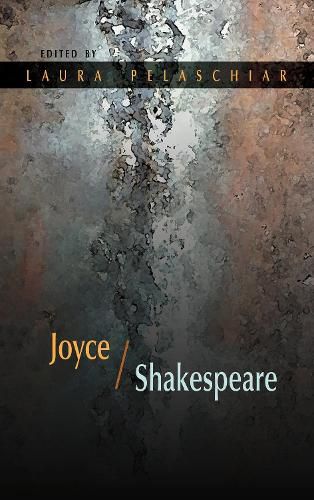Readings Newsletter
Become a Readings Member to make your shopping experience even easier.
Sign in or sign up for free!
You’re not far away from qualifying for FREE standard shipping within Australia
You’ve qualified for FREE standard shipping within Australia
The cart is loading…






Shakespeare’s presence in Joyce’s work is tentacular, extending throughout his career on many different levels: cultural, structural, lexical, and psychological; yet a surprisingly long time has passed since the last monograph on this literary nexus was published. Joyce/Shakespeare brings together fresh work by internationally recognized Joyce scholars on these two icons, reinvigorating our understanding of Joyce at play with the Bard. One way these essays revitalize the discussion is by moving well beyond the traditional Joycean challenge of thinking Shakespearean by thinking Hamletian, redefining the field to include works like Troilus and Cressida, Othello, and The Tempest. This collection also transforms our understanding of how Hamlet works in and for Joyce. In compelling essays that introduce new variables to the equation such as Trieste, Goethe, and Futurism, Hamlet’s role in Joyce gains fresh mobility. The Danish prince’s shadow, we learn, can still cast itself in unpredictable shapes, making Joyce/Shakespeare as rewarding in its analyses of this well-studied pairing as it is when it considers fresh Shakespearean matches.
$9.00 standard shipping within Australia
FREE standard shipping within Australia for orders over $100.00
Express & International shipping calculated at checkout
Shakespeare’s presence in Joyce’s work is tentacular, extending throughout his career on many different levels: cultural, structural, lexical, and psychological; yet a surprisingly long time has passed since the last monograph on this literary nexus was published. Joyce/Shakespeare brings together fresh work by internationally recognized Joyce scholars on these two icons, reinvigorating our understanding of Joyce at play with the Bard. One way these essays revitalize the discussion is by moving well beyond the traditional Joycean challenge of thinking Shakespearean by thinking Hamletian, redefining the field to include works like Troilus and Cressida, Othello, and The Tempest. This collection also transforms our understanding of how Hamlet works in and for Joyce. In compelling essays that introduce new variables to the equation such as Trieste, Goethe, and Futurism, Hamlet’s role in Joyce gains fresh mobility. The Danish prince’s shadow, we learn, can still cast itself in unpredictable shapes, making Joyce/Shakespeare as rewarding in its analyses of this well-studied pairing as it is when it considers fresh Shakespearean matches.